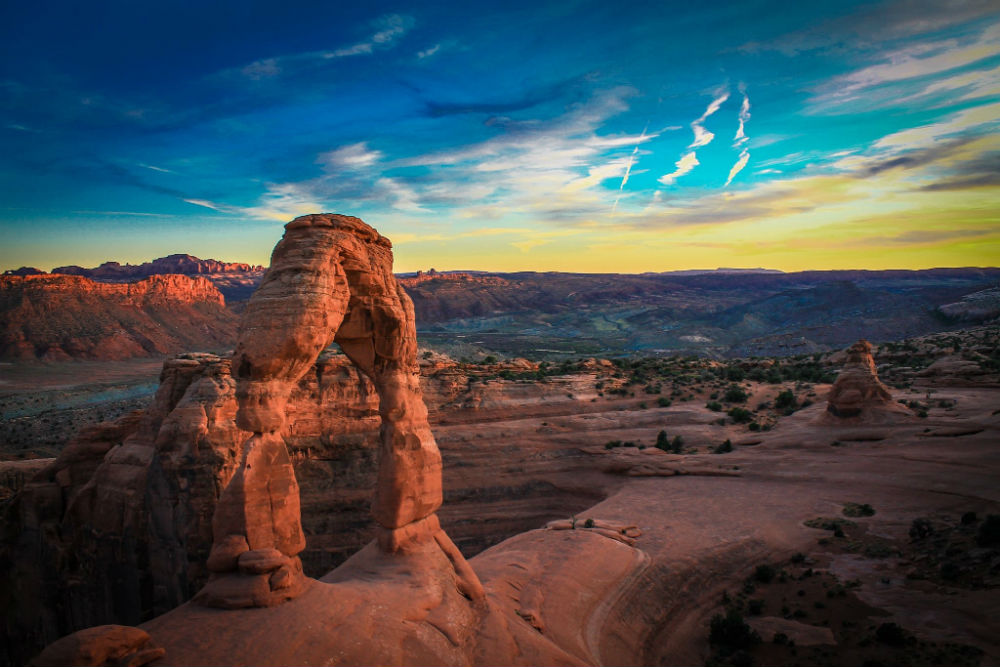Public land is at the core of our nation’s identity, and yet today those very lands are under constant threat of exploitation and extinction.
If you love the outdoors, this probably isn’t news to you. Here are a few figures that capture exactly what we’re arguing about in this debate:
In the United States, public lands are home to:
- 43% of paddling
- 193,500 miles of hiking trails
- 71% of rock climbing
- 12,659 miles of mountain biking trails
There’s a lot at stake.
Why should we be concerned?
There are many complicated problems that threaten public lands. Here are a few of the biggest issues:
Politicians are threatening to remove protections.
Right now, there are approximately 600 million acres of public land in the United States in the form of national parks, national forests, national wildlife refuges, and national monuments. Unfortunately, many politicians and top government officials are trying to remove the laws that protect these lands in order to exploit those areas. Instead of protecting and preserving the land for the use and enjoyment of millions, some people want to develop and damage the land for the sake of profit.
Tourism is leading to overuse.
Not all of our problems come from the outside—some of them are our own fault. The more people who visit an area of land, the more noticeable their impact becomes. Many of our national parks see millions of visitors each year. Their movements by car and on foot leave marks on the land and can damage the ecosystems.
If we want to enjoy these natural spaces for generations to come, we need to start being more proactive about protecting them from ourselves.
Not enough people are getting involved.
So many people check out of the conversation because it’s too political or too overwhelming. By not showing up to the debate over our public lands, we make room for the people who would rather harm them and take them away. It does get political, and it does get overwhelming. But this is a cause we must stand behind. Public lands are here for everyone, and it’s essential that we all stay engaged and informed if we want to make a difference.
So, what can we do?
Looking for ways to get involved in the fight for our public lands? Here are three simple steps that can really make a difference.
- Find an outdoor community. The Outdoor Alliance is a great place to start if you love to climb, mountaineer, mountain bike, hike, paddle, backcountry, ski, canoe, or go boating. They’re a national advocacy group with lots of volunteer opportunities that will allow you to connect with other people who are passionate about the outdoors. There is serious power in numbers, and connecting with a strong community will give you the support and motivation you need to fight apathy and remain engaged.
- Support organizations like the National Resources Defense Council (NRDC), the National Wildlife Federation, and Protect Our Public Land. All of these organizations (and hundreds more that operate at the national and local levels) are working hard to keep special interests from exploiting public land for the benefit of a few. They work with legislative and policy experts to make sure that regular people continue to have access to natural spaces for enjoyment and recreation. These organizations want to make sure that everyone who uses public land does so responsibly, ethically, and sustainably. By providing them with financial support, even if it’s only a few dollars, you can help make our voices louder at the highest levels of government.
- Practice Leave No Trace principles. These seven simple steps are designed to minimize human impact on the land, whether you’re in a local park or trekking through the backcountry. If you haven’t heard of them (or the Center for Outdoor Ethics that developed them), take a look and commit to them in future outdoor excursions. When followed correctly, these principles are incredibly effective in reducing harm to land, plants, and wildlife, and they’re a powerful tool for preventing the dangerous effects of overuse.
If we want to preserve and protect our public lands, we have a lot of work to do. But, as long as we remain active, stay informed, support our outdoor communities, and have the courage to speak up for our beliefs, we can make a real difference and set our country on a new course toward sustainability, equality, and protection for our most cherished wild spaces.










